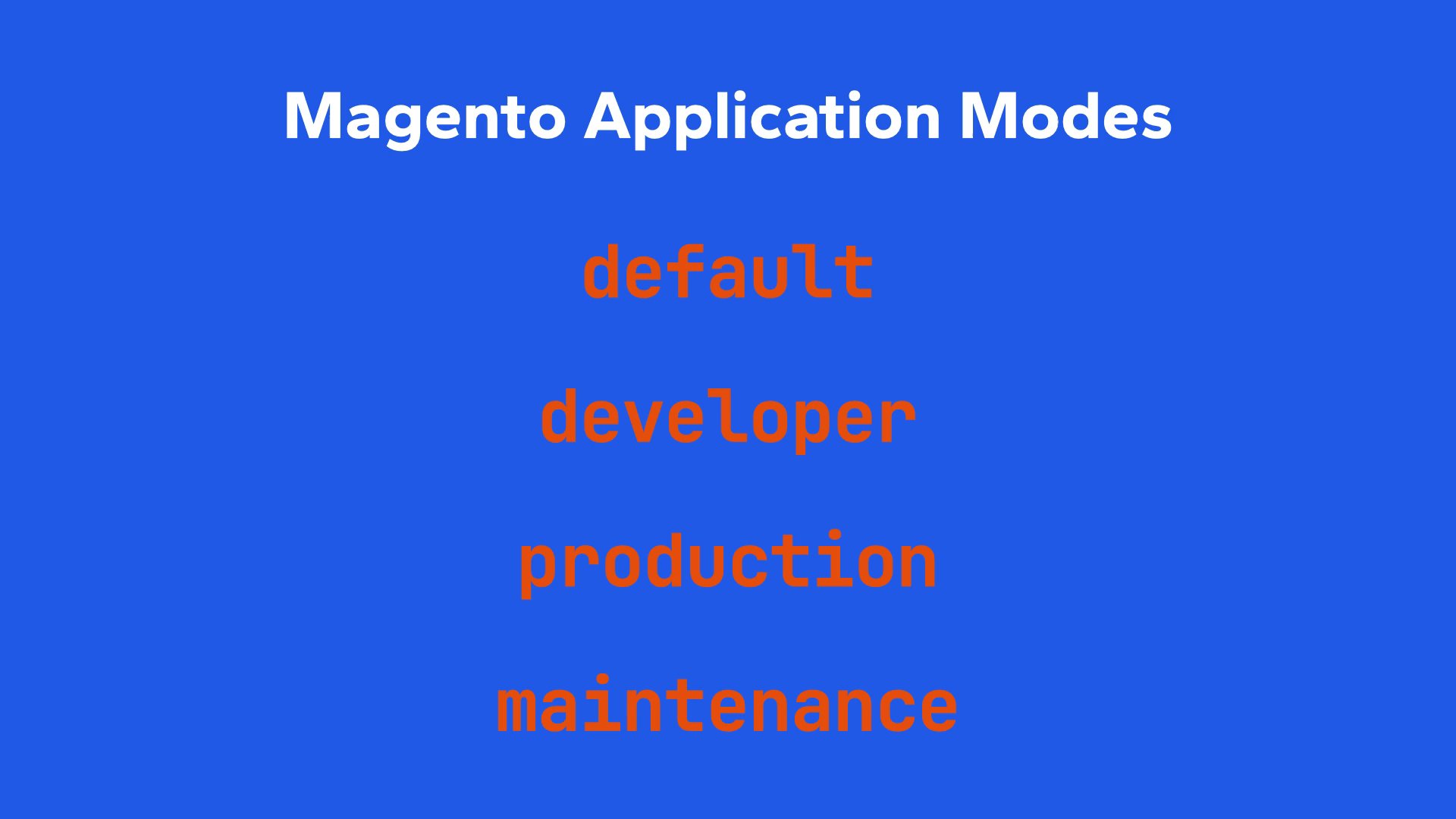Explore application modes in Magento
Understand the four different application modes available in Magento: default, developer, production, and maintenance mode.

Only available to enrolled or University students.
Join today to unlock hundreds of premium lessons.
Understand the four different application modes available in Magento: default, developer, production, and maintenance mode.